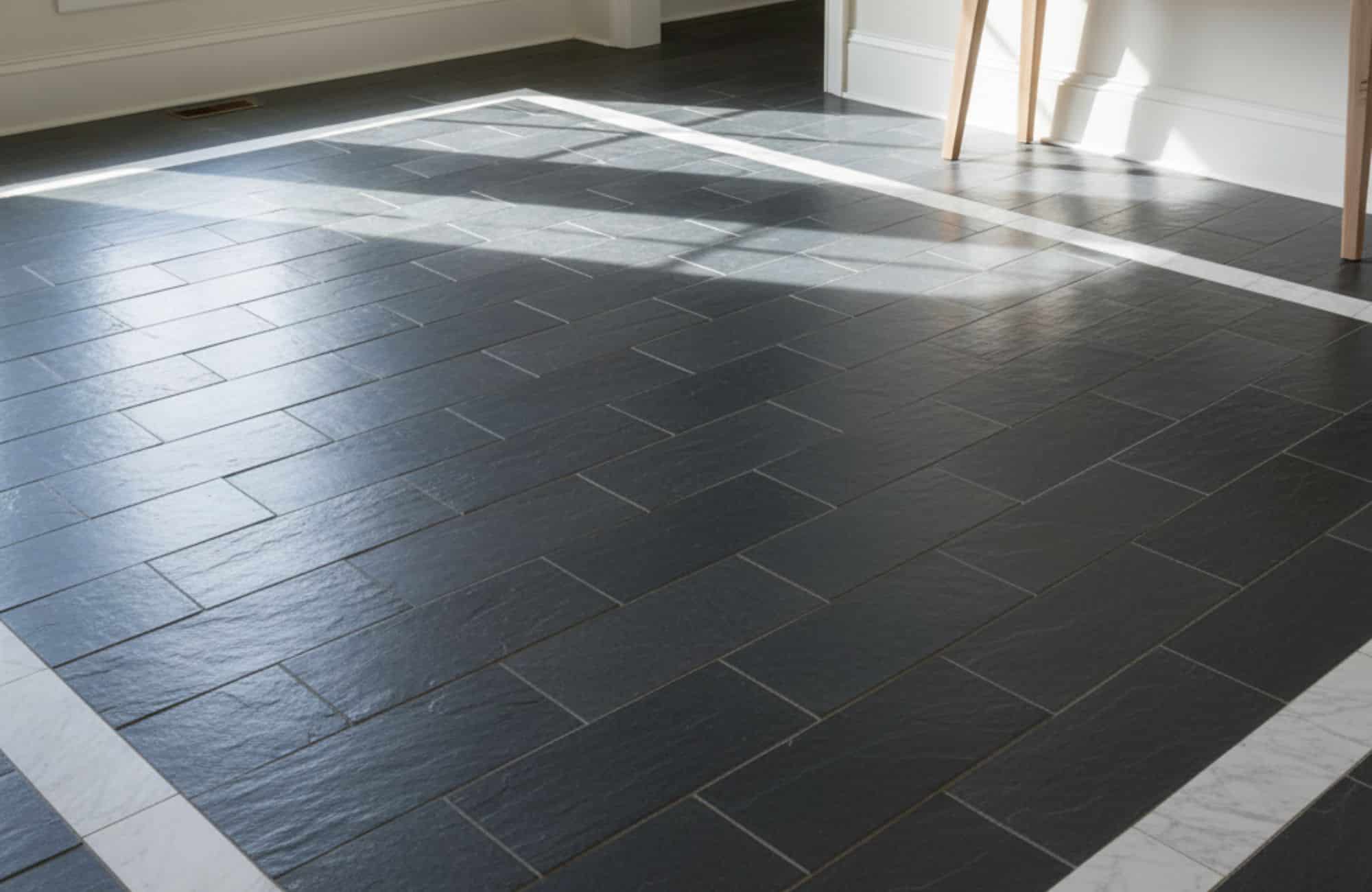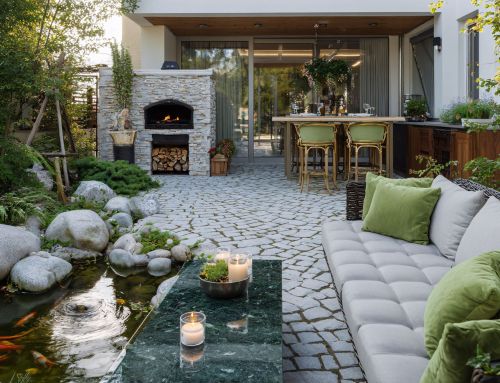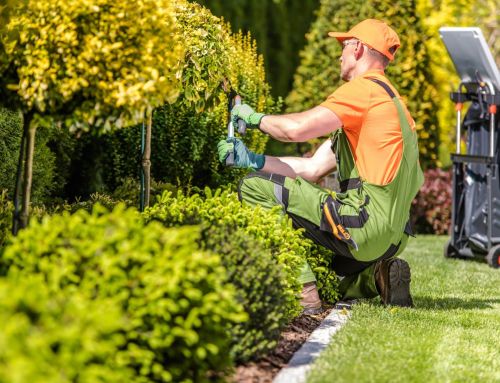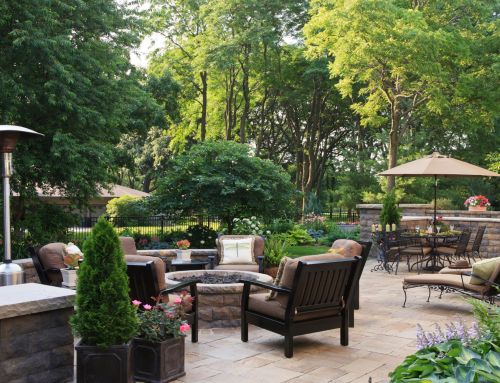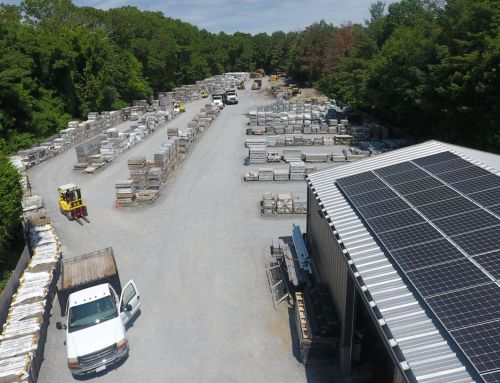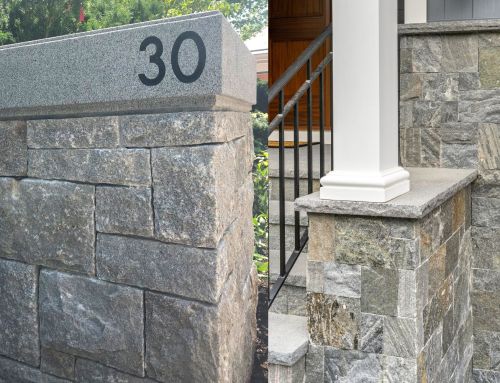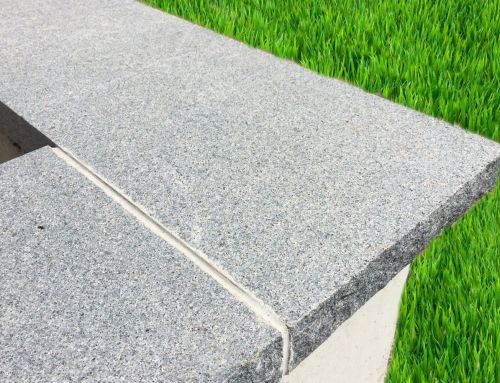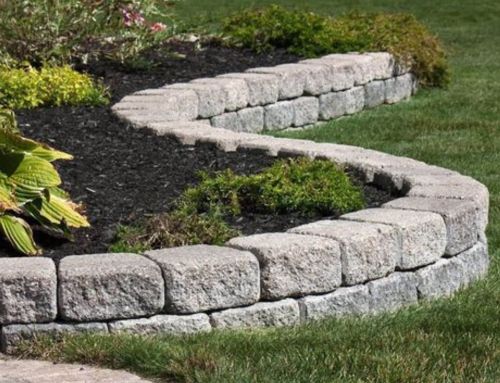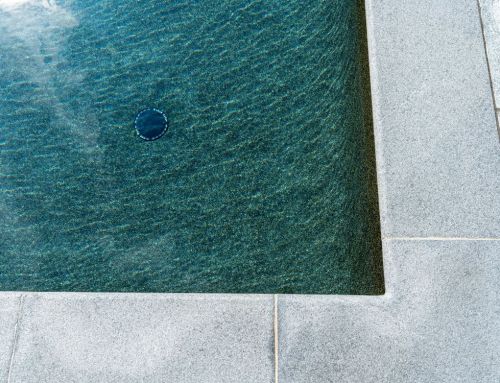Natural stone flooring is a timeless choice that blends beauty, strength, and natural elegance into every space. It offers unique textures, many colors, and long-lasting durability that homeowners and contractors value. Unlike synthetic options, each stone tile has distinct patterns formed over millions of years. This makes stone floors a truly one-of-a-kind surface that enhances both indoor and outdoor spaces.
Choosing stone flooring involves understanding more than just style and appeal. Cost, maintenance needs, and proper installation all affect long-term performance. Some stones excel in high traffic areas, while others suit low traffic rooms. With proper care, natural stone wall tiles can last for decades. At Old Station Outdoor & Landscape Supply, we provide expert guidance and quality products to help you choose the right option. This resource will guide you through the types, costs, and essential maintenance.
What Is Natural Stone Flooring?
Natural stone flooring is one of the oldest and most enduring flooring materials for homes and outdoor living spaces. Quarried directly from the earth, natural stone tiles provide authenticity and timeless beauty that synthetic options cannot replicate. Unlike vinyl, laminate, or engineered flooring, natural stone is cut into solid slabs or tiles formed over millions of years. This flooring material includes granite, marble, slate, limestone, bluestone, and travertine, each offering unique textures, shades, and patterns.
Because it is a natural product, no two stone floors look exactly alike, making each space one-of-a-kind. For homeowners, this creates surfaces that add elegance and durability to both indoor and outdoor settings. In addition, natural stone can withstand heavy foot traffic and adapts to versatile applications. When properly maintained, it remains durable, eco-friendly, and incredibly versatile for high-traffic areas, low-traffic areas, and outdoor flooring applications to protect against wear.
Pros and Cons of Natural Stone Flooring
When choosing flooring, it’s important to understand both the advantages and disadvantages. Natural stone offers incredible versatility and unmatched beauty. But, it also comes with care requirements that are not always easy to maintain and higher upfront costs.
Advantages of Natural Stone Flooring
Natural stone flooring offers durability and longevity, with materials like granite and slate lasting a lifetime when properly maintained. It features unique textures and patterns, as every stone varies in color, shade, and surface for one-of-a-kind results. Moreover, stones such as granite and marble provide heat and stain resistance, so they are ideal for kitchens, countertops, fireplaces, and outdoor flooring applications. Finally, stone flooring is often viewed as a luxury feature that increases property value and elevates overall style.
Disadvantages of Natural Stone Flooring
As with any material, natural stone flooring has trade-offs that homeowners must consider before investing. It carries a higher upfront cost compared to vinyl, laminate, or engineered wood. In addition, most natural stone tiles require sealing to prevent stains and water absorption. Softer stones like limestone are porous and more susceptible to scratches and chips over time. Furthermore, indoors, stone can feel cold and hard underfoot, which reduces comfort in bedrooms or low-traffic areas.
Different Types of Natural Stone Flooring
The term “natural stone” covers many different types, each with unique qualities. Choosing the right stone for your floors and walls depends on the space, intended use, and desired look. At Old Station Outdoor & Landscape Supply, our flooring experts help homeowners and contractors explore different types and select the best material.
Granite Flooring
Granite is one of the most durable natural materials available. It resists scratches, stains, and high heat, making it perfect for kitchens, hallways, and outdoor patios. Its speckled patterns and many colors, from gray to beige to black, give it a versatile style for any design. This versatility works in both traditional and modern spaces, appealing to those who prefer a green aesthetic.
Marble Flooring
Known for its elegance and luxury, marble and travertine remain popular choices for bathrooms, entryways, and living rooms. Its polished surface enhances natural light, creating a bright and sophisticated atmosphere. However, marble is porous and must be sealed regularly to prevent stains from wine, oils, or acidic foods.
Bluestone Flooring
Bluestone offers a rustic look with blue-gray shades that suit outdoor flooring applications like patios, walkways, and outdoor kitchens, similar to other natural stone tile options. In colder climates, it stands up to freeze-thaw cycles, therefore serving as a reliable option for New England homes. Its textured surface also provides natural slip resistance.
Limestone Flooring
Limestone carries a softer, earth-toned aesthetic with beige and cream shades that fit well in rustic or traditional designs. It is more affordable than marble but also more porous, requiring sealing and careful maintenance in high-traffic areas, especially for floor tiles .
Slate Flooring
Slate is naturally textured, giving it excellent slip resistance for bathrooms, pool areas, and patios. Available in many colors from gray to rust and green, it’s incredibly versatile for both indoor and outdoor use. Its durability makes it a great long-term investment, contributing to the life of your flooring.
Quick Comparison Table
| Stone Type | Durability | Best Applications | Maintenance Needs | Style/Look |
|---|---|---|---|---|
| Granite | Very High | Kitchens, patios, hallways | Low | Polished, speckled |
| Marble | Medium | Bathrooms, living rooms, entryways | High | Luxurious, elegant |
| Bluestone | High | Patios, walkways, and outdoor kitchens | Medium | Rustic, gray-blue |
| Limestone | Medium | Living rooms, low-traffic areas | High | Soft, rustic, beige |
| Slate | High | Bathrooms, pool decks, outdoors | Medium | Textured, rustic |
Cost of Natural Stone Flooring
One of the biggest factors in choosing natural stone flooring is cost. Prices vary widely depending on the type of stone, finish, and installation complexity, which may lead to a request for a detailed quote.
- Granite: $10–$40 per sq. ft.
- Marble: $10–$45 per sq. ft.
- Bluestone: $8–$25 per sq. ft.
- Limestone: $6–$20 per sq. ft.
- Slate: $8–$30 per sq. ft.
Beyond material cost, homeowners should budget for professional installation, which can add $5–$15 per sq. ft. Extra fabrication, such as custom edging or unique cuts, may increase the price further. Compared to porcelain or engineered tile, natural stone is more expensive upfront. However, its lifespan, unique beauty, and timeless quality often provide long-term value. This ensures that installation costs are covered by the benefits. For the most accurate estimate, it is still best to consult a local provider like Old Station Outdoor & Landscape Supply.
Installation & Maintenance Tips
Installing natural stone flooring isn’t as simple as laying down tile. The process requires proper preparation, skilled cutting, and finishing to transform natural stone flooring and ensure durability.
Installation Insights
The subfloor must be stable and leveled to prevent cracking. For outdoor flooring, installers account for drainage and freeze-thaw cycles, especially in colder regions. Using mortar or sand-based systems, stones are laid with careful spacing and sealed once set, helping guarantee their presence in your home lasts. Custom fabrication allows homeowners to personalize finishes, edges, and sizes.
Professional installation is highly recommended because improper handling can lead to uneven surfaces or premature wear. Contractors with experience in stone projects understand how to work with heavy materials and avoid costly mistakes.
Maintenance & Care
Like any natural material, stone needs ongoing care. Properly maintained floors can last generations, but neglect can shorten their lifespan.
- Seal the surface every 1–3 years, depending on stone type.
- Clean with pH-neutral products, so avoid vinegar or acidic cleaners that damage surfaces.
- Address spills quickly to prevent stains.
- Use mats and rugs in high-traffic areas to minimize wear.
Natural Stone Flooring for Indoor vs Outdoor Spaces
Natural stone offers versatile applications both indoors and outdoors, but the choice of stone type and finish is essential. Indoors, polished marble, granite, and limestone add elegance to kitchens, bathrooms, and living rooms. Their smooth and reflective surfaces enhance natural light and elevate overall style.
Outdoors, textured surfaces such as bluestone and slate provide slip resistance and strong weather durability for patios, pool decks, and walkways. By selecting the right natural stone flooring for each space, homeowners can enjoy lasting beauty and dependable durability suited to their environment.
Conclusion
Natural stone flooring is a timeless choice that combines durability, beauty, and long-term value. Unlike synthetic materials, it offers unique textures and natural elegance. For homeowners, contractors, and designers, it provides versatile applications indoors and outdoors. It also delivers a surface that truly lasts.
At Old Station Outdoor & Landscape Supply, we help you explore different types of natural stone flooring and choose the right option. Our team provides expert guidance, custom fabrication, and reliable delivery to ensure your project’s success. Contact us today to discuss your flooring needs and discover the perfect natural stone for your space.
FAQs
What is natural stone flooring made of?
Natural stone flooring is made of quarried stone cut into solid slabs or tiles. It includes granite, marble, slate, limestone, bluestone, and travertine. Natural stone flooring is made of durable materials formed over millions of years.
Is natural stone better than concrete?
Natural stone is better than concrete for durability, elegance, and long-term value in homes and outdoor spaces. Unlike concrete, natural stone offers unique textures and timeless beauty. Natural stone is better than concrete when you want luxury flooring that enhances property value.
How long does stone flooring last?
Stone flooring can last for decades, sometimes even a lifetime, when properly maintained and sealed. The longevity of stone flooring depends on the material chosen and its care. With correct installation and upkeep, stone flooring lasts much longer than synthetic options.
How do you clean natural stone floors?
You clean natural stone floors using pH-neutral cleaners safe for natural materials. Avoid acidic solutions, which may damage porous stone surfaces. To clean natural stone floors effectively, regularly sweep, mop gently, and reseal as recommended.

